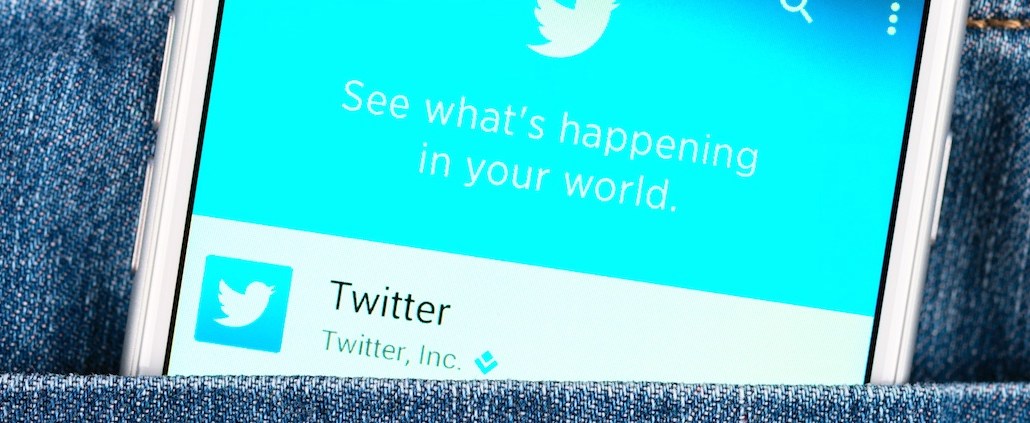Envelope, please: Twitter adds new button to share tweets privately

Don’t be alarmed by the new envelope button on Twitter.
Today, Twitter is rolling out a new Message option on its mobile app to make it easier to share tweets privately through Direct Message. Instead of holding down a tweet to prompt the “Send via Direct Message” tab to appear, the envelope button sits next to the heart button in every tweet.
Quickly take any tweet to the DM! Tap the ✉️ (next to the ❤️) pic.twitter.com/5jGh5aU7sj
— Jack (@jack) April 5, 2016
It’s a minor move, compared to when Twitter swapped out the star for the heart, but it’s important. Twitter says that the number of people sending private messages on the app has increased 60 percent last year. It should also declutter your feed from @-tagging friends to see a tweet, similar to how Instagram added an arrow to images to share privately.
Twitter has been tinkering its messaging tool for a while now. Recently, the social network dropped the 140-character limit and made it easier for brands to initiate a private conversation with a new button. The move comes as Facebook is beefing up Messenger to add Uber and shopping options and Snapchat is overhauling its messaging tools.
More in Media

Meta AI rolls out several enhancements across apps and websites with its newest Llama 3
Meta AI, which first debuted in September, also got a number of updates including ways to search for real-time information through integrations with Google and Bing.

Walmart rolls out a self-serve, supplier-driven insights connector
The retail giant paired its insights unit Luminate with Walmart Connect to help suppliers optimize for customer consumption, just in time for the holidays, explained the company’s CRO Seth Dallaire.

Research Briefing: BuzzFeed pivots business to AI media and tech as publishers increase use of AI
In this week’s Digiday+ Research Briefing, we examine BuzzFeed’s plans to pivot the business to an AI-driven tech and media company, how marketers’ use of X and ad spending has dropped dramatically, and how agency executives are fed up with Meta’s ad platform bugs and overcharges, as seen in recent data from Digiday+ Research.





